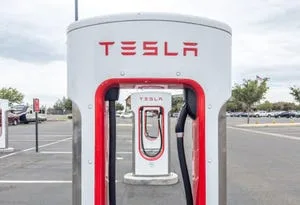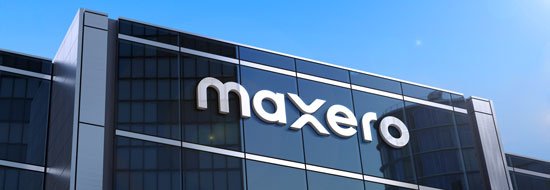Tesla Charging Standard: A Game-Changer for the Future of EVs
Living in California, it’s no longer a surprise to see electric vehicles (EVs) on the road. In fact, they have become increasingly common as more states move towards banning the sale of gas-guzzling cars. With sales of EVs projected to make up 60% of all vehicle sales in the US, China, and Europe by 2030, the need for charging stations is more important than ever. But what if there was a solution to range anxiety and a way to make charging more convenient for all EV drivers?
Enter Tesla, the dominant force in charging infrastructure. Tesla has quickly become a leader in charging technology, with their Superchargers already widely available. Now, carmakers globally are reaching agreements with Tesla to make their own vehicles compatible with these Superchargers. This move is expected to alleviate range anxiety and increase the reach of charging infrastructure.
Different EV chargers: CCS vs. NACS
Currently, there are two main ways electric cars are charged: the Combined Charging System (CCS) and the North American Charging Standard (NACS). Tesla introduced NACS in 2012 and announced in 2022 that they would allow other cars to use it. The main technical differences between CCS and NACS are the size and weight of the connectors and the power output. NACS chargers are smaller and lighter, making them easier to use, while CCS chargers pack more power.
The advantage of NACS chargers lies in their greater availability and reliability. There are currently around 19,000 ports with NACS connectors in the US, compared to around 10,000 ports with CCS connectors. Additionally, a recent study found that CCS chargers were only functioning 72% of the time, while Tesla has an impressive 99% uptime on its chargers.
The big switch to Tesla charging
The transition to Tesla charging started with Ford CEO Jim Farley, who was frustrated with the poor charging experience for their Mustang Mach-E customers. Ford partnered with Tesla, and GM soon followed suit. This collaboration allows automakers to avoid the high costs of building their own charging infrastructure while providing a seamless charging experience for their customers. As a result, we can expect adapters to be available for current EV owners starting in 2024, and new EVs will come equipped with Tesla charging ports from 2025.
Which carmakers are making the switch?
Several major carmakers have announced plans to switch to the Tesla charging standard. Stellantis, which owns brands like Jeep, Chrysler, and Dodge, will implement NACS charging ports in select models starting in 2026. Volkswagen, Audi, Porsche, and Scout EVs will have NACS charging ports implemented from 2025. Subaru will adopt NACS on its charging ports from 2025 and provide adapters until then. Toyota and Lexus will have Tesla charging ports in certain EVs from 2025, and Ford will offer hardware adapters for their EVs from early 2024.
Other carmakers making the switch include Honda, GM (Chevrolet, GMC, Cadillac, and Buick), Nissan, Hyundai, Kia, Genesis, BMW, Jaguar, Mercedes-Benz, Fisker, Rivian, Polestar, Lucid Motors, and Mazda. However, Mitsubishi has yet to reach an agreement with Tesla.
What does this mean for EV owners?
If you currently own an EV from another car manufacturer, you will need an adapter to make the NACS plug fit into your car. While the cost of the adapter is not yet finalized, estimates range from $175 to $250. It’s also likely that you’ll have to pay to use Tesla chargers on the road, but Tesla owners will have access to the lowest Supercharger pricing. Non-Tesla drivers will see pricing that reflects additional costs incurred to support charging a broad range of vehicles.
In terms of convenience, once your non-Tesla EV has an adapter or charging port as standard, car companies will add Tesla chargers to their maps on your onboard car software and apps. This means you’ll be able to easily find all the additional sites where you can charge your EV safely.
Conclusion
The transition to the Tesla charging standard is set to revolutionize the EV industry. With more carmakers adopting NACS and making their vehicles compatible with Tesla Superchargers, range anxiety will become a thing of the past. The increased availability and reliability of Tesla chargers, coupled with the projected growth of EV sales, will ensure that charging stations become as common as gas stations. The future of electric vehicles is looking brighter than ever.
[ad_2]
Source link




